I am interested in time and how patterns within the hour can be translated into aesthetic imagery, so that each hour has a visual and physiological significance, that makes the hour more than the mere duration from one hour to the next. that relates to our physiology. Beginning in the middle ages, the link between the time of the sun and the diurnal system was recognised through the analogue of the 24 hour cycle, which in being circular, bore a deliberate resemblance to the daily cycle of the sun. In the medieval Europe this became an important civic feature where public clocks that adorned cathedrals, churches and town halls etc. celebrated the passage of time through their ornamental dials, the chiming of bells, and in some examples the appearance and movement of automata. This celebration usually involved the quarterly divisions of the hour, with an increase in emphasis as time progressed to the hour. With the development of digital technology, this celebration of time and its link with the sun’s daily cycle has become at best, tenuous.
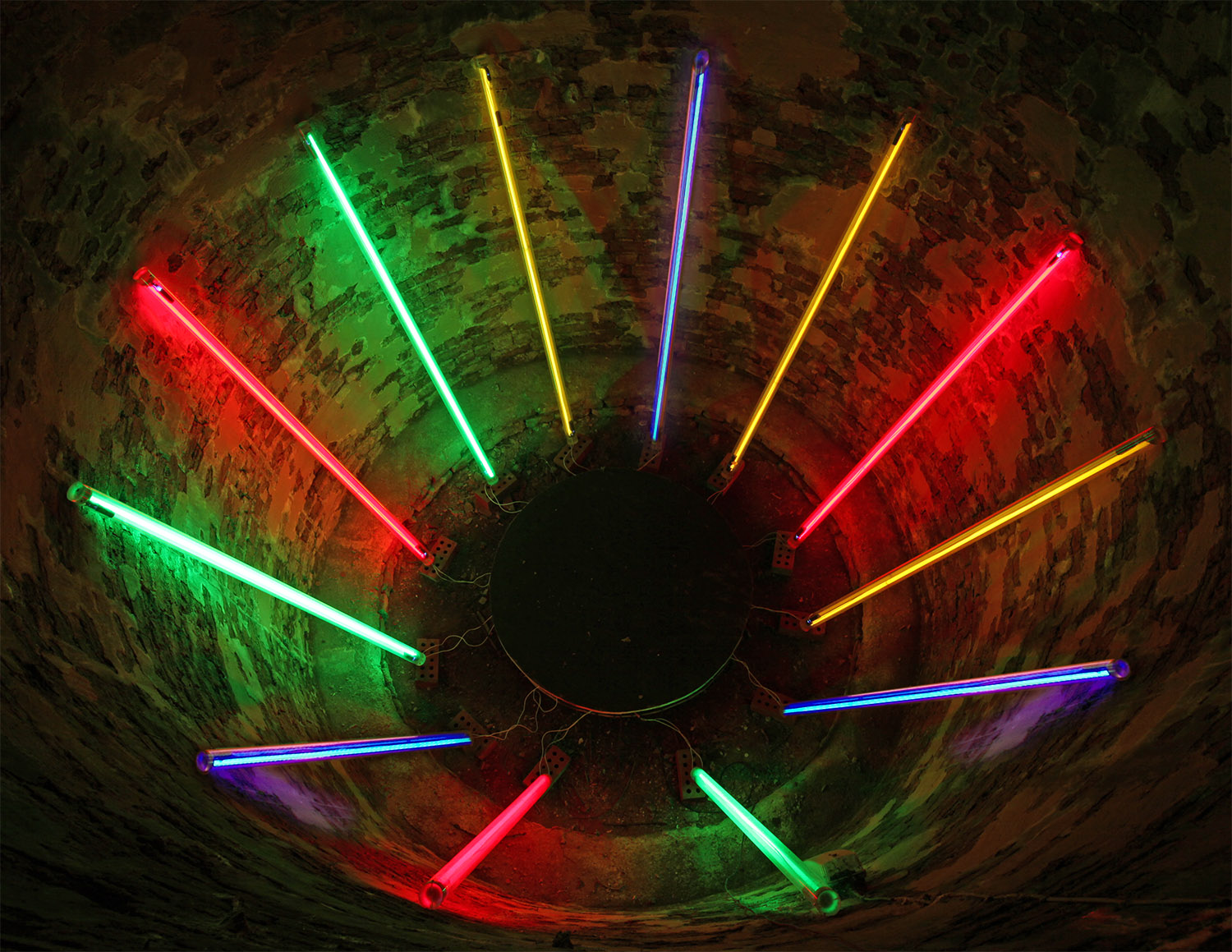
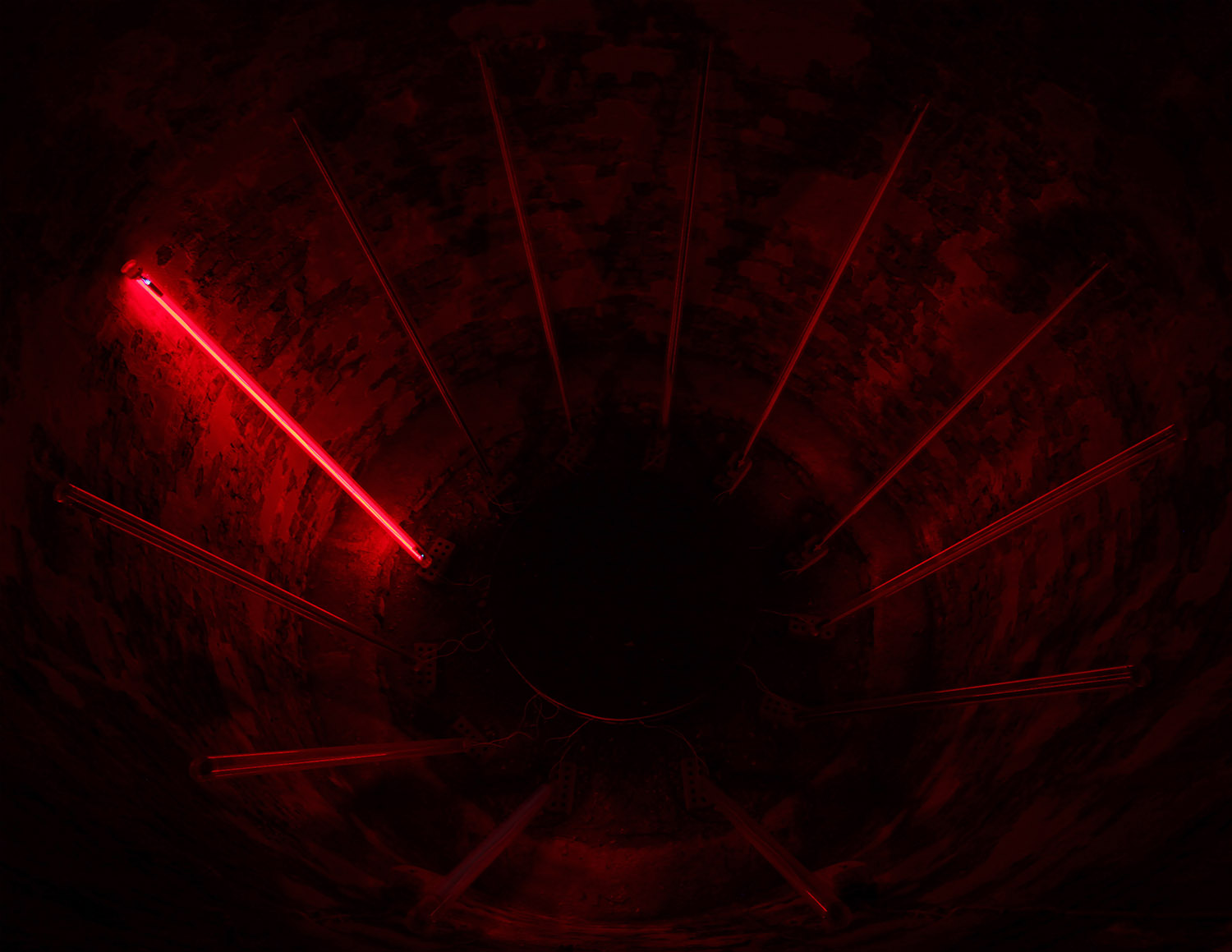
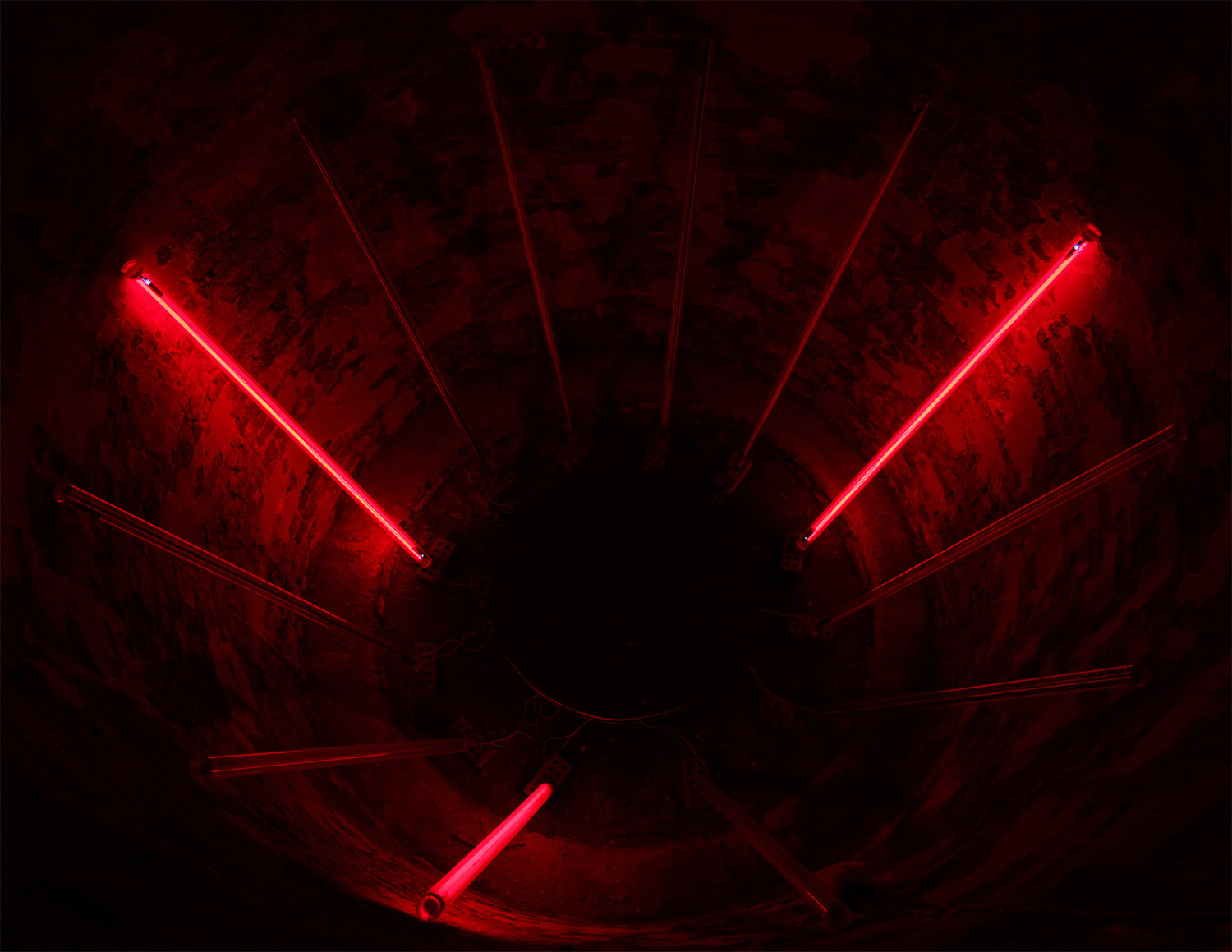
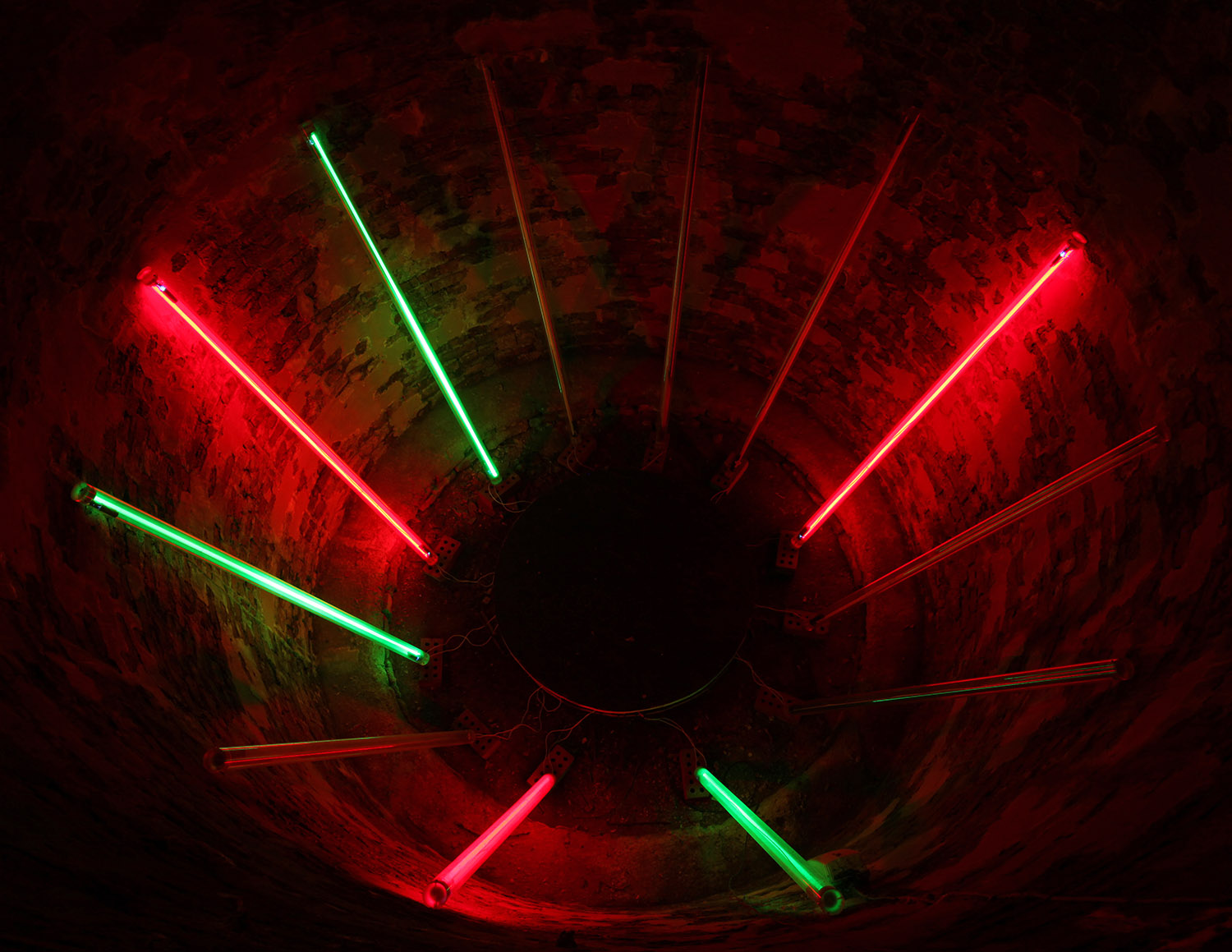
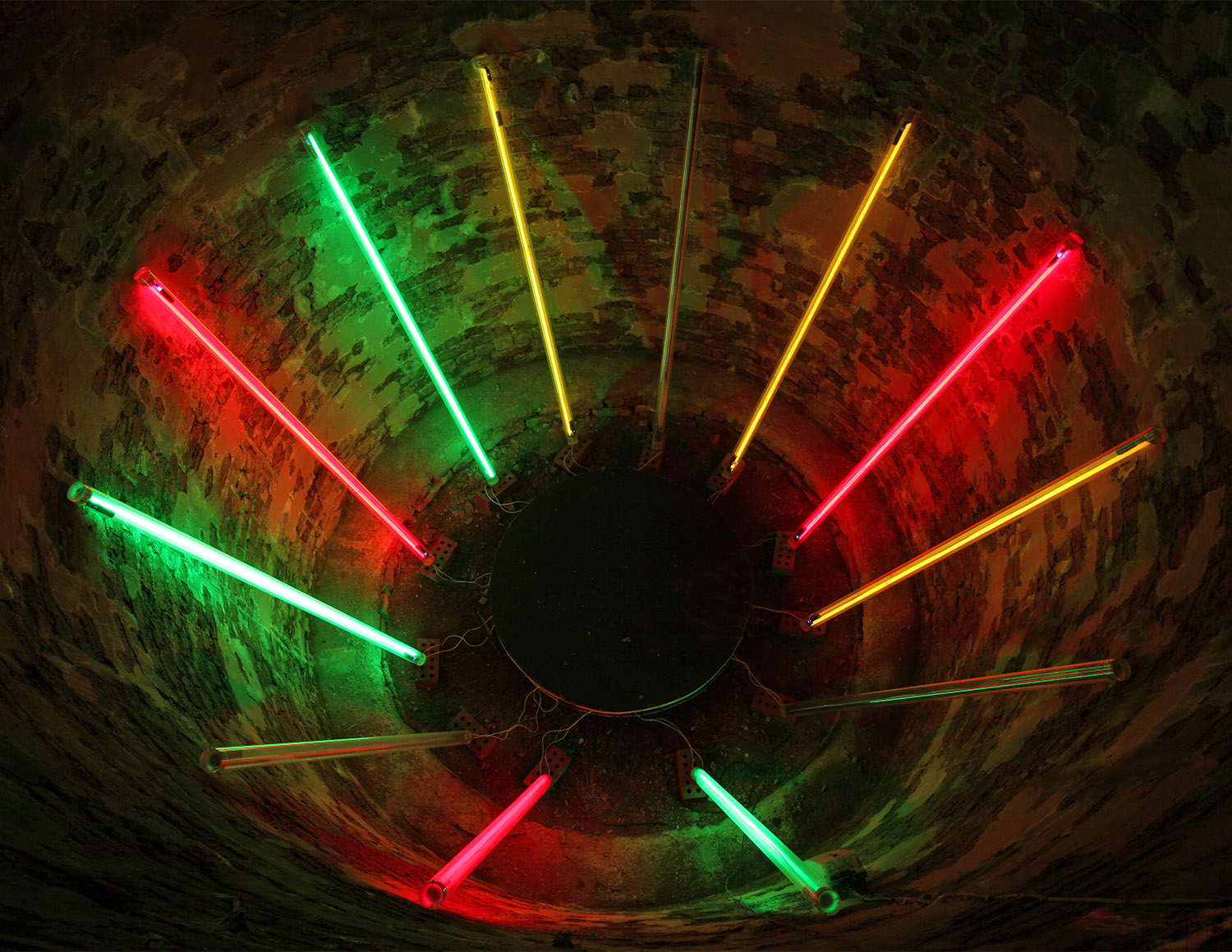

'Timepiece' consists of 12, two metre long tubes of neon encased in transparent polycarbonate sleeves and electronic components. The subject of this sculpture is the patterns of time that are in the hour and how they can be revealed. The sculpture therefore responds to seconds, minutes and the quarterly divisions of the hour, as well as to its beginning and end, through the movement and the appearance of specific configurations of neon light. The second, that also bears a relationship to the frequency of the human pulse, is characterised through the appearance of no more than a flicker of light in any one of the tubes. Every minute one tube lights up intermittently for approximately five seconds. At the beginning of the hour the three red tubes light up, this begins with a subtle flicker, growing in intensity and culminating with the three tubes that symbolise this quarter, remaining illuminated for the remainder of the hour. This sequence continues so that at the end of the first quarter the yellow tubes are illuminated; then at half past the hour the green tubes, making 9 in total. Finally at three quarters of the hour the blue tubes are illuminated, resulting in all of the 12 neon tubes being lit. Then, as the hour progresses towards its end, sequences of extensive movement begin, becoming most intense with the ‘chasing’ of configurations of light throughout the sculpture as the hour concludes. Timepiece has since been extended to include 24 neon tubes and is currently on exhibition at the Zitadelle Art Centre in Berlin.
A previous version of this sculpture in an alternate configuration was shown at The Royal British Society Of Sculptors in 2009.
